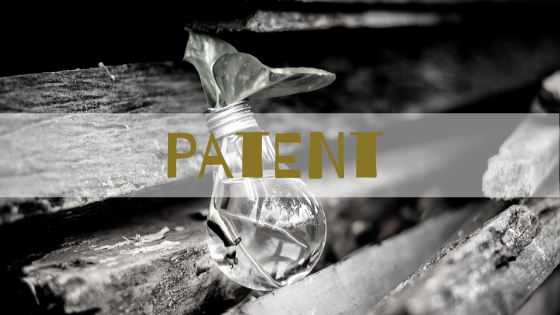A patent is classified as being biological in nature when it relates to a discovery in the field of biology. This can include anything from stem cell research to genetics and even the study of elements found in the plant or animal kingdoms.
There has been a lot of controversy about biological patents in regards to how much they can assist in helping those with certain diseases. If a medication could help those with Parkinson’s Disease for example, it should be patented, but should it be tested first? In some countries, such as America, a product can only be patented once it has met with the approval of the Federal Drug Administration as written in https://www.natureworldnews.com/articles/43137/20200108/why-inventhelp-is-a-great-resource-for-new-inventors.htm. In other countries, anyone can patent an idea for a drug, and then only submit it for testing.

It is these laws that protect those who are involved in biological research and those who will benefit from that research. Because of the amount of companies currently involved in genetics research and the universities with students involved in research, it is vital that this scientific community is protected from copyright theft. This is why so many of them see fit to apply for patents.
These patents protect them from having their years of research stolen, as well as those who are funding the research from having their money going to waste when the research does not yield fruitful results. It is vital for those in the scientific community to be protected by patent law as they are doing work that may be valuable to the health of humankind in the long term.
If others are trying to steal and emulate that work, they could potentially do a lot of damage. It may be frightening to imagine what could happen if a terrorist group for example, was sold biological warfare research that had been stolen. Patent laws play their part in preventing this from happening. Learn more from https://www.latinpost.com/articles/143207/20200108/why-new-inventors-need-assistance-from-inventhelp.htm.